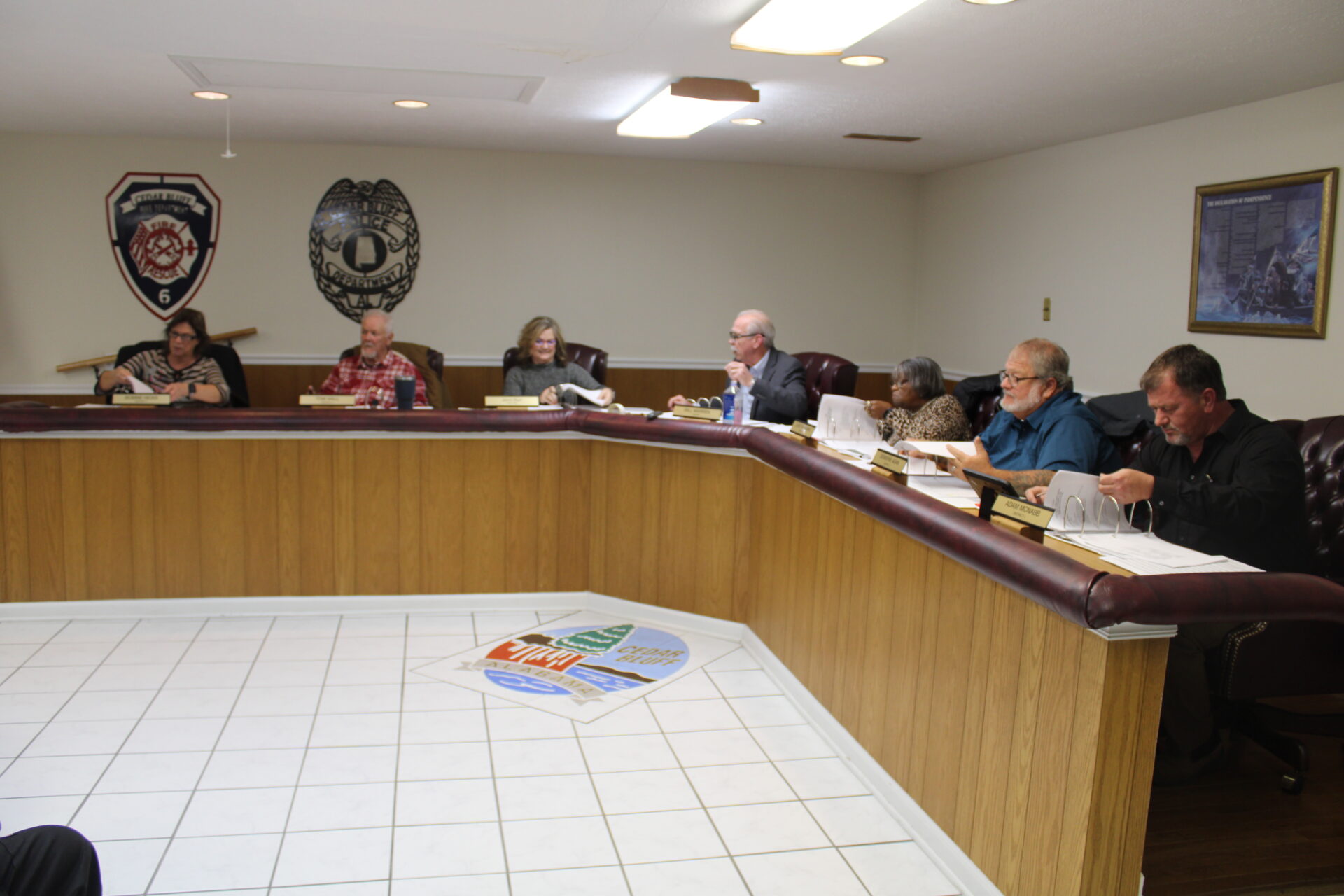
(NEW YORK) — During the earlier stages of the COVID-19 pandemic, limiting social interactions and wearing masks kept pesky viruses away. But now, stuffed sinuses and miserable post nasal drip are back — and for some people, feel worse than ever before.
Cold viruses aren’t any more virulent than they were before the pandemic, experts say. But that doesn’t make the experience of having one any better. ABC News spoke to experts about why they might seem harder to bear.
Why do cold symptoms feel worse?
Experts say there is currently no evidence to suggest the viruses that cause cold symptoms are any more severe than they were pre-COVID. However, there are some reasons they may feel more severe.
One reason is because people may have forgotten how miserable cold symptoms can feel after a few years without them.
Cold symptoms can include things like sneezing, coughing and runny nose, but in more severe cases can cause body aches, chest discomfort or even fever, according to the CDC. They also usually last up to 10 days.
“All of us have forgotten about what common colds used to be like, and we’re getting them now again,” said Dr. William Schaffner, infectious disease specialist at Vanderbilt University.
Lack of exposure to viruses that cause cold symptoms may also be playing a role. People who haven’t had a cold in a while won’t have as much immunity to viruses, said Dr. Peter Chin-Hong, professor of medicine and infectious disease specialist at UCSF.
“Lack of exposure to viruses over time might make a cold seem much worse than before, because you haven’t been exposed a little bit along the way,” he said.
However, having some immunity isn’t always protective when it comes to colds, as there are over 200 known viruses that can cause symptoms of the common cold, according to the National Institute of Health.
“Being exposed to one doesn’t mean that you’re going to be protected by another one that comes along,” said Chin-Hong.
Are you more likely to catch a cold now than during the height of COVID?
People are socializing more than they did during the height of the pandemic and are in more public spaces without masks. That might make catching a cold more likely, experts said.
“We may have been a little spoiled over the last few seasons, because we’ve been spared this experience of getting one or two or even three common colds during the winter,” said Schaffner.
Socializing also means interacting with other people who also didn’t have much exposure to cold viruses in the past few years.
“There’s less of a forcefield in the population, so the chances of you encountering a cold is higher,” Chin-Hong said.
He added, “When more people are ill, and more people don’t have immunity, they’re more likely to get ill and that leads to a cycle of encounters.”
There were similar trends with RSV and the flu this year.
“We saw a lot more RSV in the beginning of this year, because a lot of kids were not born when there was RSV circulating so of course, they’re going to get it and probably feel it a little bit more,” said Chin-Hong.
What are the best ways to fight the common cold?
Washing your hands.
“We haven’t emphasized washing hands and surfaces for COVID because there’s less evidence for that. But for colds, there’s tons of evidence.” said Chin-Hong.
If you do find yourself getting sick, there are things you can do to help relieve symptoms.
It is important to keep your fluid intake up, according to Schaffner, and taking a steamy shower can help with a runny or stuffy nose.
For a sore throat, Schaffner said, “a little bit of gargling with warm salt water will help. And if you have any pains or perhaps a degree of fever as people do with the cold, then take some acetaminophen, and that’ll help you get through the day and get a little more sleep.”
Copyright © 2023, ABC Audio. All rights reserved.





